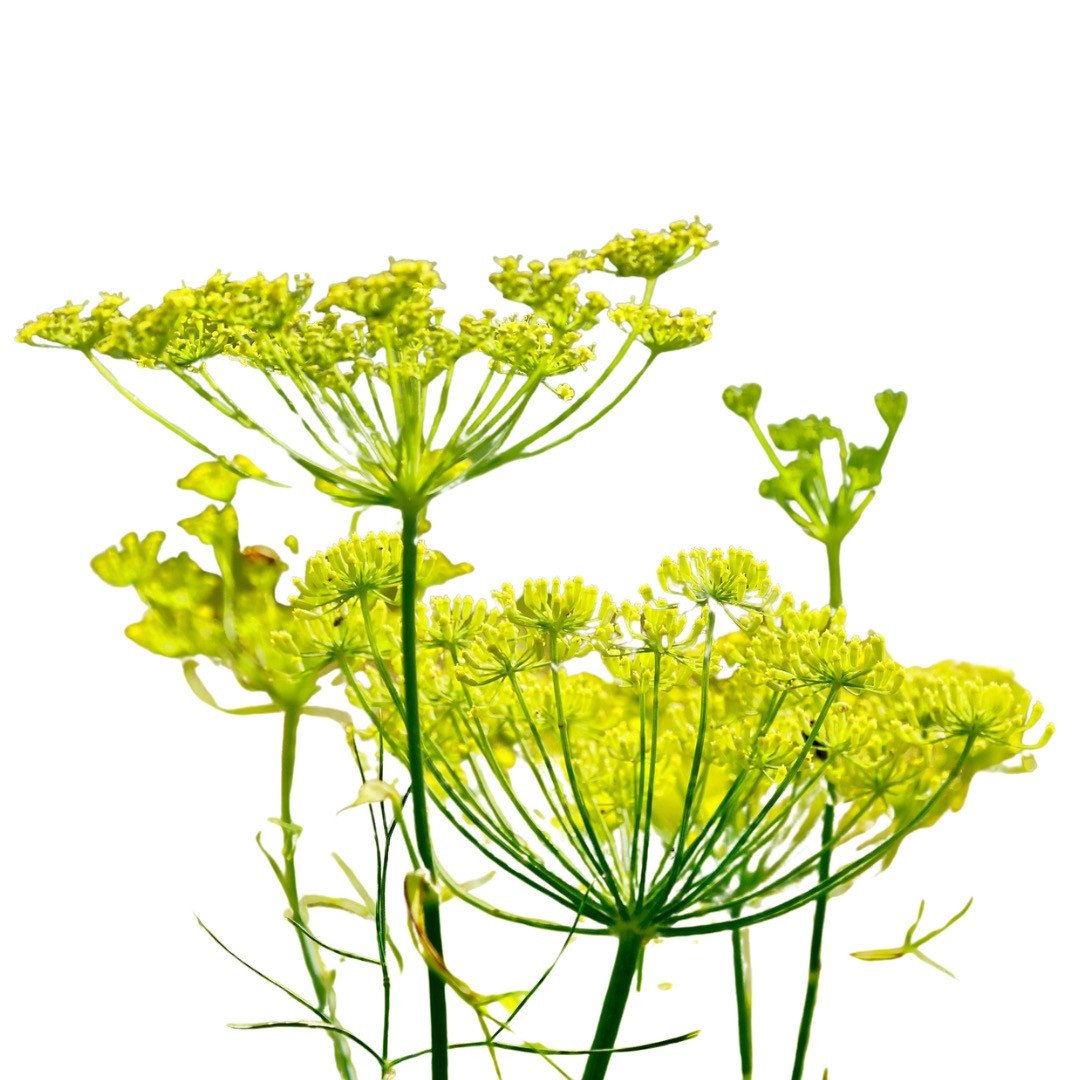Fennel

Fennel
Foeniculum vulgare
Plant family
Umbellifers (Apiaceae)
Season Overview
Propagating
Planting
Harvest
J
F
M
A
M
J
J
A
S
O
N
D
Details
Light requirement
Sunny
Water requirement
Wet
Soil
Light (sandy)
Nutrient requirement
Medium
Plant distance
20 cm
Row spacing
30 cm
Seeding depth
2 cm
Instructions
The season for this plant has not yet begun. The following instructions are for the beginning season.
Mid of July
Propagating
Beginning of August
Transplanting
Mid of August
Harden
Description
Fennel is a perennial herb of the umbellifer family that grows up to 2 m/2.2 yd high. Fennel seeds, fennel leaves and the fennel bulb are used, each with the characteristic sweet scent caused by essential oils. A distinction is made between spicy fennel, bitter fennel and tuberous fennel. The latter forms a whitish storage bulb near the ground, which, if not harvested, ensures the new sprouting of the fennel plant in the following year.
Origin:
Mediterranean area
Growing tips
Fennel is a dark seedling that requires a steady supply of water and nutrients. It can be sown directly or preplanted in seed trays. Spicy fennel is sown earlier (early April to early May) than vegetable fennel (mid-June to mid-July). Spreading foliage around the bulb will protect it from cold in the fall. You can harvest bulb fennel when the bulb is about the size of your fist, and spicy fennel when the fruiting stalks turn brown.
Companion Plants
Antagonistic Plants
Anise
Aubergine / Eggplant
Bean (Broad bean / Faba bean / Field bean)
Bean (Dwarf bean)
Bean (Runner bean)
Brussels sprouts
Cabbage (Cabbage)
Cabbage (Savoy cabbage)
Caraway / Meridian fennel / Persian cumin
Chili
Collard greens (Kale)
Collard greens (Tuscan kale / Dinosaur kale / Palm tree kale)
Coriander / Cilantro
Cress
Dill
Jerusalem artichoke / Topinambur
Kohlrabi / German turnip / Turnip cabbage
Lovage
Marjoram
Napa cabbage / Chinese cabbage
Nasturtium
Pak Choi
Parsley
Parsnip
Pepper / Paprika
Root parsley
Diseases
No diseases
Pests
Leatherbug (Blind Bug)
Land snails